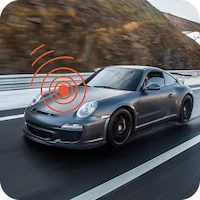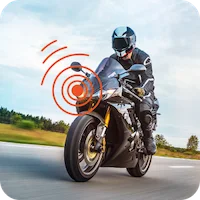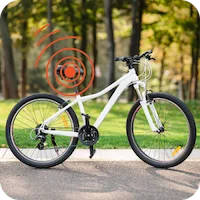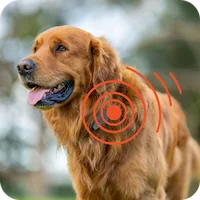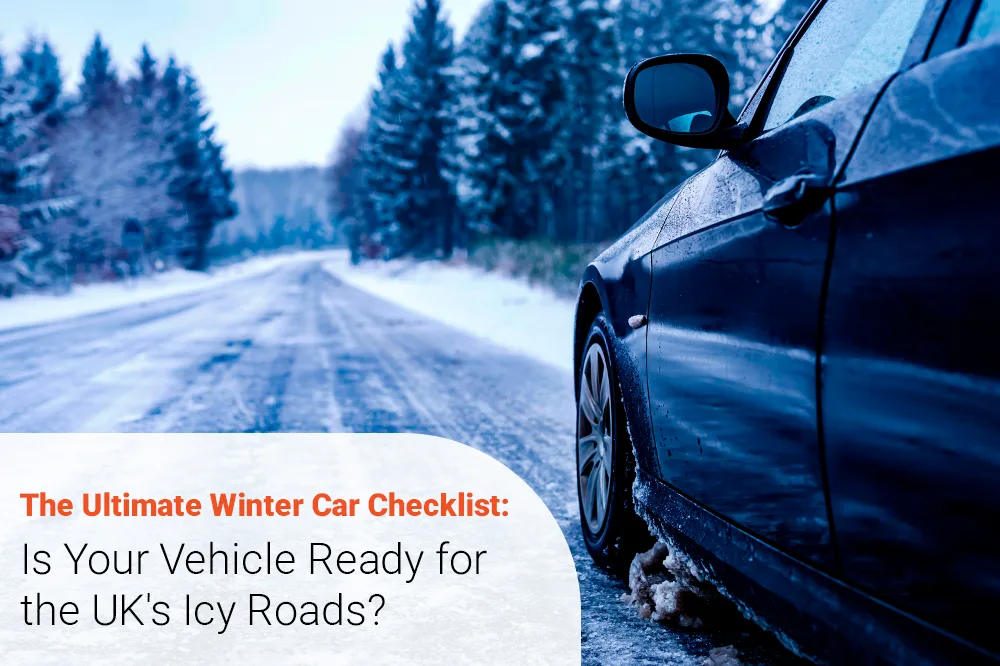The Ultimate Winter Car Checklist: Is Your Vehicle Ready for the UK’s Icy Roads?
You scrape ice off the windscreen with a loyalty card. The grit lorry has already decorated the road outside your house. The car coughs like it partied too hard the night before. Winter driving in the UK is never dull.
Breakdowns love cold mornings. The AA reports that around one in five winter call-outs occur because a car won’t start, with flat batteries leading the list. On the first frosty workday of January, they brace for 14,000 breakdowns in one day. That’s a lot of steaming kettles and missed buses.
We’ve put together a checklist below to help keep you safe.
Battery Health
Cold mornings hit car batteries harder than anything else. Freezing weather can strip a third of the power from a healthy battery, so if yours is already weak, winter will finish the job. You’ll spot the warning signs: the engine drags when it starts, the lights look dim, or you just get a click and nothing else.
Don’t wait for that to happen on a frosty driveway. The RAC says battery faults are the top reason for winter breakdowns, so it’s worth booking a quick test before the coldest months land. If in doubt, replace it. And keep a set of jump leads or a portable starter in the boot. They take up little space but can save a whole morning.
Tyres and Grip
People always say don’t buy cheap shoes as it’s what connects you to the ground, but the same should also be said about tyres. They are far more important than people think. You wouldn’t walk on an icy pavement in smooth-soled slippers, so don’t expect bald tyres to cope with frozen tarmac.
By law, tyres need at least 1.6mm of tread. That’s the bare minimum. In winter, you want closer to 3mm if you expect proper grip.
Cold weather can quickly lower tyre pressure, making the car feel heavy. Keep them topped up. If the warning light pops on, check them right away.
Lights and Visibility
Short days and misty mornings are part of winter. It puts you on the road in the dark more than usual. That’s when working lights matter most. They only keep you safe if every bulb works. A quick check takes a couple of minutes and can stop you getting pulled over or crashing.
- Test every bulb (even the indicators).
- Give the lenses a quick wipe now and then, salt and muck build up fast.
- It’s handy to keep a spare pack of bulbs tucked in the glove box.
Fluids
Fluids keep your car alive through winter. Antifreeze does the heavy lifting. Without it, the water in your engine can freeze solid and crack vital parts. Check the level and concentration before the frost sets in.
Winter-grade oil is worth thinking about. It moves more easily in the cold, so the engine starts without straining. That simple swap saves a lot of wear over the winter.
Screenwash is the one people forget. Plain water freezes and blocks the jets. Use a winter mix with antifreeze, and you’ll always have a clear screen. The RAC and AA both warn that frozen screenwash is a top cause of breakdown call-outs in icy weather. Don’t risk it.
Windows and Defrosting
Good wipers matter more than you think. Old blades smear dirt and salt across the glass, which is the last thing you need on a dark morning. Swap them for fresh ones before the worst weather hits.
Ensure your heater and demisters are functioning correctly. Carry a scraper and a can of de-icer spray in the car, not at the back of the shed. And never pour boiling water over a frozen windscreen unless you fancy a crack running straight across it. Clear every window, not just a tiny peephole. Safety comes first.
Other Things to Consider
Keep a few basics in the boot. Pack a torch and a blanket. Throw in a pair of gloves and a hi-vis vest too. They’ll help if you break down. A phone charger or power bank is worth its weight when your battery runs low.
Make sure you’ve got proper breakdown cover. In winter the number of call-outs jumps, and you don’t want to be stuck in the queue. Keep your membership up to date and download the RAC or AA app so you can get help quickly.
